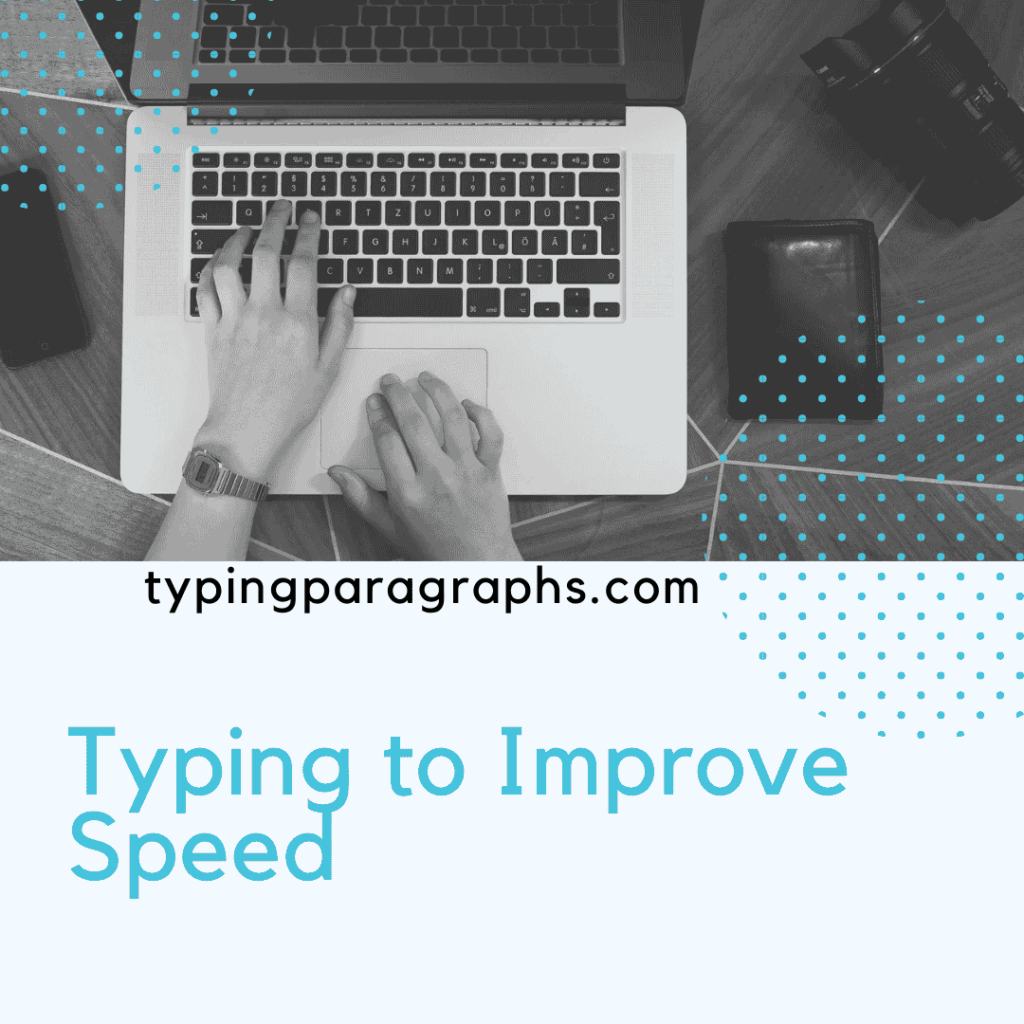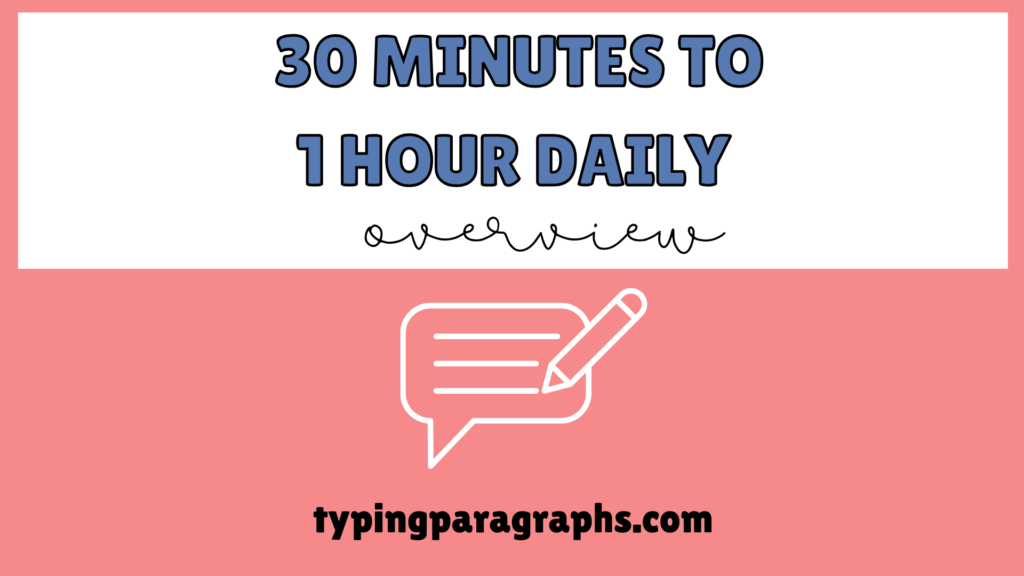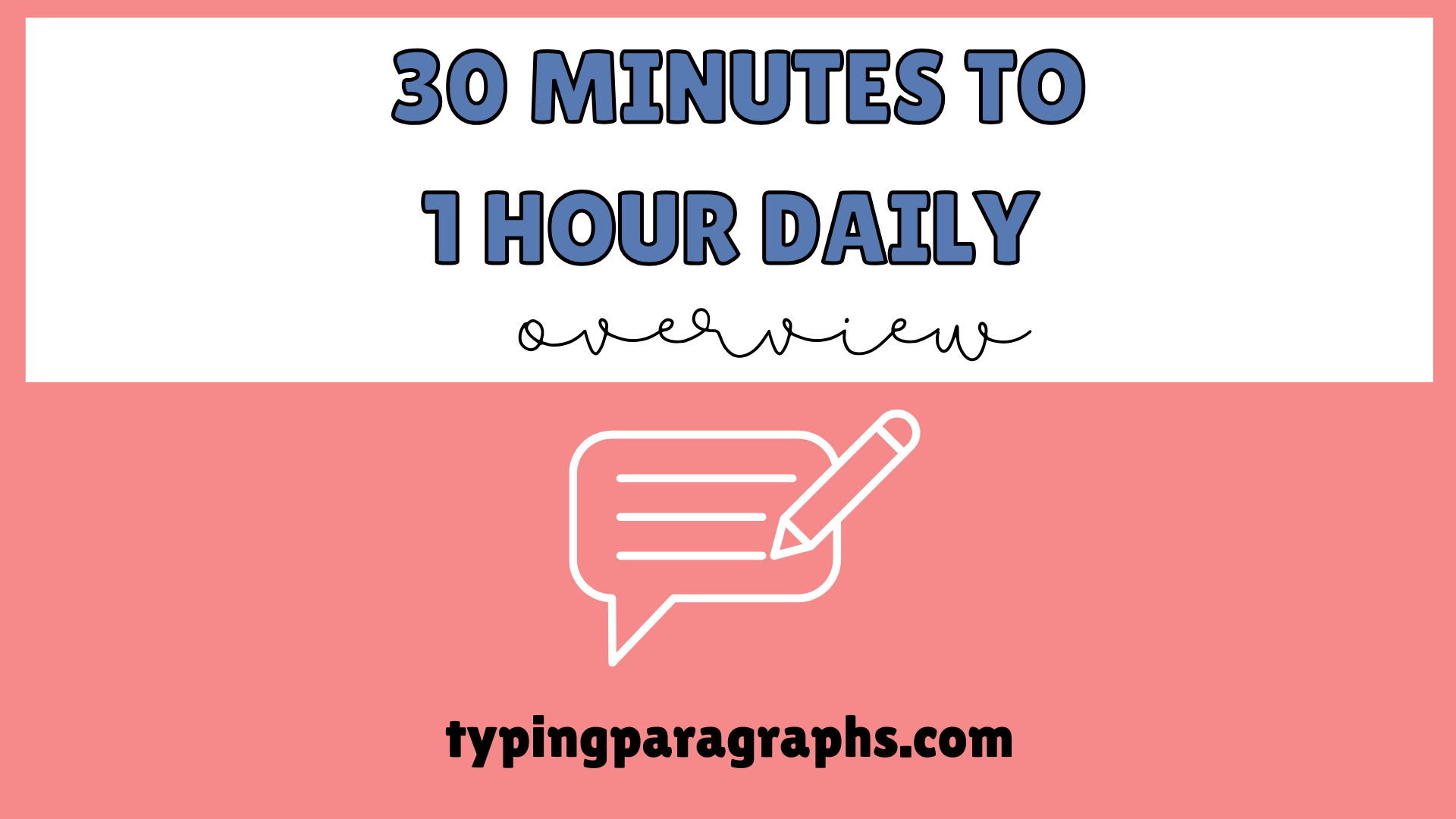How Often Should I Practice Typing to Improve Speed?
Typing speed is a critical skill in today’s digital age. Whether you’re typing for work, school, or personal projects, being able to type quickly and accurately can save you time and increase productivity. However, improving typing speed doesn’t happen overnight. It takes consistent effort, focus, and the right practice routine. In this article, we’ll explore how often you should practice typing to improve speed and provide tips for optimizing your typing practice.

How to add custom text in typing tutor
Why is Typing Speed Important?
Before diving into the practice schedule, it’s essential to understand why typing speed matters. In the modern world, typing is a fundamental skill used in almost every profession. From writing emails to creating reports, most jobs require the ability to type quickly and accurately. Here are some reasons why improving typing speed is crucial:
- Increased Productivity: Faster typing means you can complete tasks more efficiently. Whether you’re writing essays, coding, or preparing documents, speed plays a significant role in how much you can accomplish in a given time frame.
- Reduced Fatigue: Slow typing leads to frustration and physical strain. Practicing and improving your typing speed reduces stress and helps prevent repetitive strain injuries.
- Better Focus: When you type faster, your brain can focus more on the content you’re writing, rather than the mechanics of typing. This leads to higher-quality work and smoother thought processes.
- Competitive Advantage: In many fields, such as transcription, data entry, or customer service, typing speed is often a requirement. Faster typists have a competitive edge when applying for jobs or completing assignments.
How Often Should You Practice Typing?
The frequency of your typing practice depends on your current skill level, goals, and the amount of time you can dedicate. While there’s no one-size-fits-all answer, let’s break it down for different types of typists:
1. Beginners: 15-20 Minutes Daily
If you’re just starting your typing journey, consistency is more important than the amount of time spent per session. Aim to practice for 15 to 20 minutes every day. At this stage, the focus should be on developing good habits and improving accuracy before speed. Here’s what you should do during your practice:
- Focus on Accuracy: As a beginner, your primary goal should be to type accurately, not quickly. Slow and steady typing with minimal errors will lay the foundation for speed later on. Practice typing with your fingers placed on the home row and use all ten fingers to avoid developing bad habits.
- Use Typing Games or Lessons: Typing programs or online platforms with lessons can help you learn the layout of the keyboard. Start with simple exercises and gradually progress to more complex ones as you improve.
- Repetition is Key: Repetition helps reinforce muscle memory. By practicing consistently, your fingers will get used to the movements, leading to faster typing speeds in the future.
2. Intermediate Typists: 30 Minutes to 1 Hour Daily

Once you have a basic understanding of typing and can type without looking at the keyboard, you can increase your practice time. Aim for 30 minutes to 1 hour of practice daily. This is the stage where you’ll focus more on speed and less on accuracy, though accuracy should still be a priority.
- Timed Typing Tests: Use online typing tests to measure your typing speed and see where you stand. These tests will help you track your progress and motivate you to keep improving. Focus on gradually increasing your words per minute (WPM).
- Typing entire paragraphs, rather than individual words, helps simulate real-world typing scenarios. Practice typing different types of paragraphs—news, stories, quotes, and so on—to improve both speed and comprehension.
- Breaks and Ergonomics: Remember, typing for extended periods can strain your muscles. Take breaks every 20 minutes to stretch your fingers, hands, and wrists. Make sure your posture and keyboard setup are ergonomic to avoid injury.
3. Advanced Typists: 30-45 Minutes Every Other Day
At an advanced level, the focus shifts primarily to refining your speed while maintaining a high level of accuracy. You don’t need to practice every day at this stage. Aim for 30 to 45 minutes every other day. Here’s how you should structure your practice:
- Push for Speed: At this point, you can focus on pushing your WPM higher. Challenge yourself with more complex typing exercises, including paragraphs with difficult words or more advanced typing drills.
- Typing for Real-World Use: Practice typing articles, essays, or transcribing videos to improve your ability to type real-world content quickly. This will help you develop practical typing skills, especially in professional or academic settings.
- Use Speed Typing Software: Invest in typing software designed for advanced typists. These programs offer exercises to improve both speed and accuracy and often come with performance metrics to track your progress.
Additional Tips for Effective Typing Practice
1. Focus on Finger Placement and Posture
Proper finger placement and posture are crucial for both speed and accuracy. Keep your fingers on the home row keys and use all ten fingers. Good posture helps you type for longer periods without discomfort or fatigue. Ensure your elbows are at a 90-degree angle, and your wrists are straight to avoid strain.
2. Track Your Progress
Tracking your typing speed will give you a sense of accomplishment and help identify areas where you need to improve. Many online typing tools, such as 10fastfingers or TypingClub, provide metrics for your WPM, accuracy, and improvement over time. Set small goals for yourself, such as increasing your speed by 5 WPM every month.
3. Practice Touch Typing
Touch typing, or typing without looking at the keyboard, is the most efficient method for improving typing speed. If you’re not already touch typing, consider using tutorials or typing lessons to learn this technique. While it might be slow at first, it will significantly boost your speed in the long run.
4. Stay Consistent
Consistency is key to any skill development, and typing is no different. It’s better to practice for 15 minutes every day than to do an hour-long session once a week. Short, frequent sessions build muscle memory and improve your typing habits.
Conclusion: How Often Should You Practice Typing to Improve Speed?
The answer depends on where you are in your typing journey:
- For beginners, 15-20 minutes of daily practice is sufficient to build foundational skills.
- Intermediate typists should aim for 30 minutes to 1 hour each day to focus on speed and accuracy.
- Advanced typists can practice 30-45 minutes every other day, concentrating on refining their speed and handling more complex typing scenarios.
Ultimately, the key to success lies in consistent, focused practice. As you dedicate more time to improving your typing skills, you’ll notice improvements in both speed and accuracy, making typing an effortless and valuable skill in your personal and professional life.
Happy typing!
Recent Posts
- Master Typing with Effective English Paragraph Practice – Tips and Examples
- How to build a strong personal brand online Strategies
- Digital marketing strategies for businesses
- Embracing the Future: Key Trends in Audio and Podcasting
- Adapting Marketing Strategies for Diverse Audiences Worldwide

